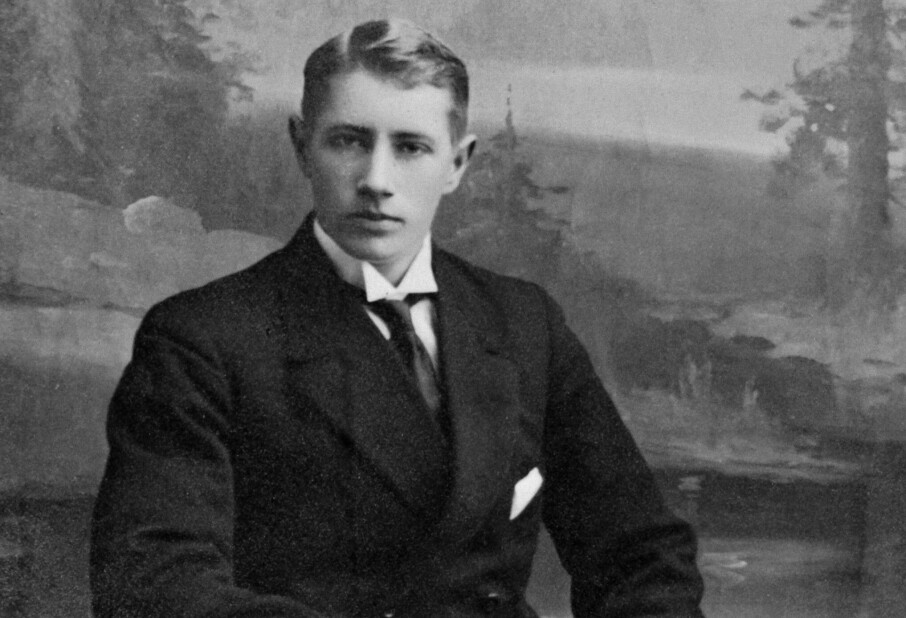![Larvik’s Culture Building “Bølgen [The Wave]” is one of Norway’s municipal culture centres that have run at a loss, according to the Norwegian Broadcasting Corporation NRK. (Photo: Christoffer Glosli/flickr)](https://image.sciencenorway.no/1372252.webp?imageId=1372252&width=960&height=548&format=jpg)
Culture Building for the public
Some municipal culture buildings find it a chore to attract the public. But one cannot expect a culture building to create culture, asserts an urban development researcher.
Denne artikkelen er over ti år gammel og kan inneholde utdatert informasjon.
“It seems like there’s no connection between the needs of local residents and the building that is erected,” said cultural commentator Agnes Moxnes from the Norwegian Broadcasting Corporation, NRK.
Her comment was an attempt to explain why some public culture centres in Norway fail to attract sufficient users and run at a loss.
Among others, the culture buildings in the towns Asker, Tromsø and Larvik struggle with such woes, despite a long tradition and plenty of experience in erecting such buildings in Norway.
Assistant professor at the Department of Sociology and Human Geography at the University of Oslo, Per Gunnar Røe, agrees with Moxnes’s analysis. At the same time he says there’s no pat answer about how to build public culture.

Use the cultural life you have on site
Røe thinks that before construction starts municipalities would be wise to carry out a pre-project to ascertain what kind of cultural life the community really has, all types, to ensure it gets a centre that can be used by as many as possible.
“It’s not just a matter of designing façades. The organisation and content of such a building has to well-planned. Another idea is to try to leave some leeway for the unexpected; other groups than the ones you allowed for will end up using the building too,” he says.
He asserts that you can’t expect the culture building to generate cultural activities on its own.
“Some architects have a tendency to think along those lines – that if you create wonderful sites and buildings that people will be happy and drawn to them. It isn’t necessarily true,” says Røe.
Avoid a focus on flash
New culture centres are often large and splendid, architectural pearls, such as Bølgen (The Wave) in Larvik.
Røe thinks that the use of modern architecture in new culture buildings is important, because this can provide smart solutions and can ensure quality.
“But you can be trapped into too much focus on creating a flashy building, an architectural signal, or on constructing too big or too unilaterally.”
“This could take focus off the task at hand, on concerns about what the building will be housing and what contributions it will make,” says Røe.
Strategic placement
Even though some culture centres in Norway are struggling with red numbers in their spreadsheets, many are a success. The best result is when municipalities manage to create a building for multiple uses, which plenty of people often have reason to visit, he thinks.
“It’s advantageous if you can gain the synergies of several groups of users, for instance by locating together libraries, cinemas, theatres and cafés in a single building,” says Røe.
If people are going to visit a public culture building, it should also be located somewhere where they are going to be going there more than a couple times a month, he believes.
“It should be located near stores and other facilities that people already frequent, so that they can easily stop by, for instance, if they want to check out a book or a DVD at a library,” says Røe.
Socio-cultural analysis of locations
Røe has researched methods for understanding a site before initiating projects with development and construction.
Among other things he has followed the developments in the town of Sandvika on the western outskirts of Oslo, which started as an urban rehabilitation project round the year 2000.
Røe and his colleagues worked here to supply the construction planners with what they called socio-cultural site analyses.
Before implementing large projects like the one in Sandvika it has been common to be content studying the spot with a focus on architecture, building customs and the landscape of the area. These are the common basis of visions, plans and design.
Finding an identity in the narratives of the place
“A disparity can arise between the result and relations with local residents and users if studies beforehand are insufficient,” says Røe.
For example he suggests interviews with the various players in the community as the basis for socio-cultural analyses.
Knowledge about organisations, associations and clubs and the residents’ own suggestions are significant, in addition to newspaper articles, literature and film that helps define and represent the place.
“Surely in connection with the construction of a culture building analyses should be made to reveal social, cultural and functional aspects of such a structure and institution, as well as the ripple effects it will have on the community, symbolically and as a direct impact,” he says.
------------------------------------
Read this article in Norwegian at forskning.no
Translated by: Glenn Ostling






























